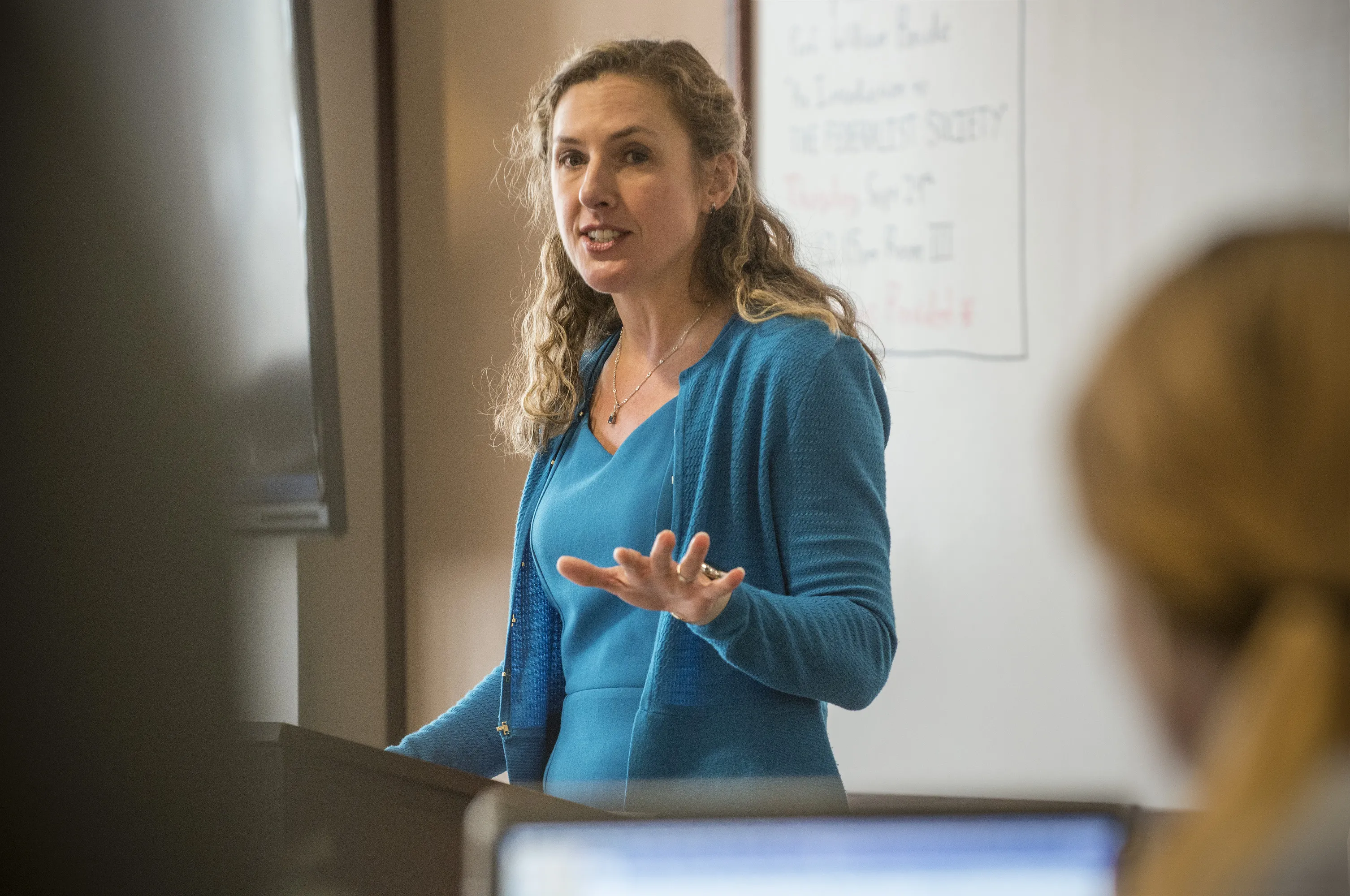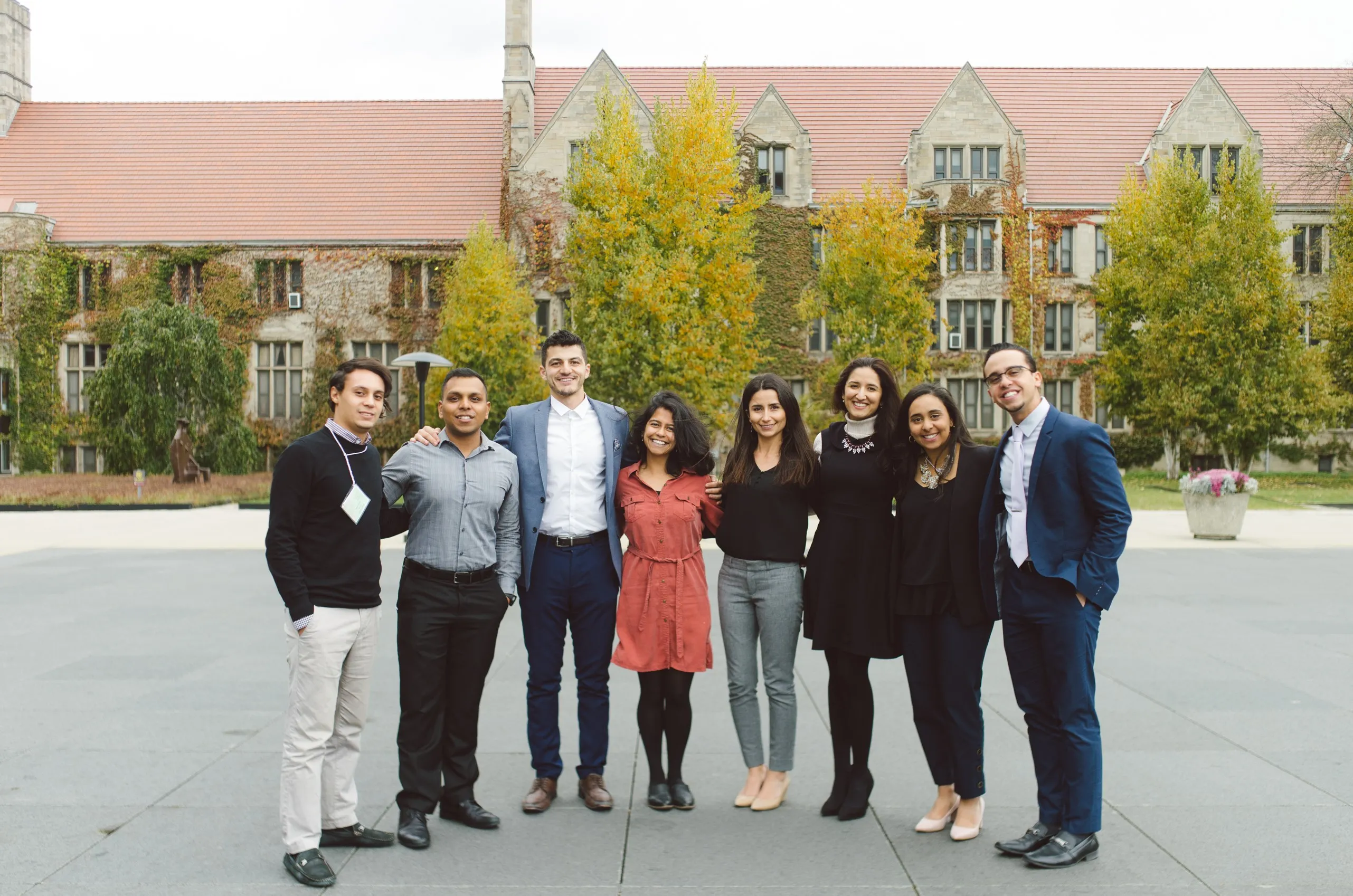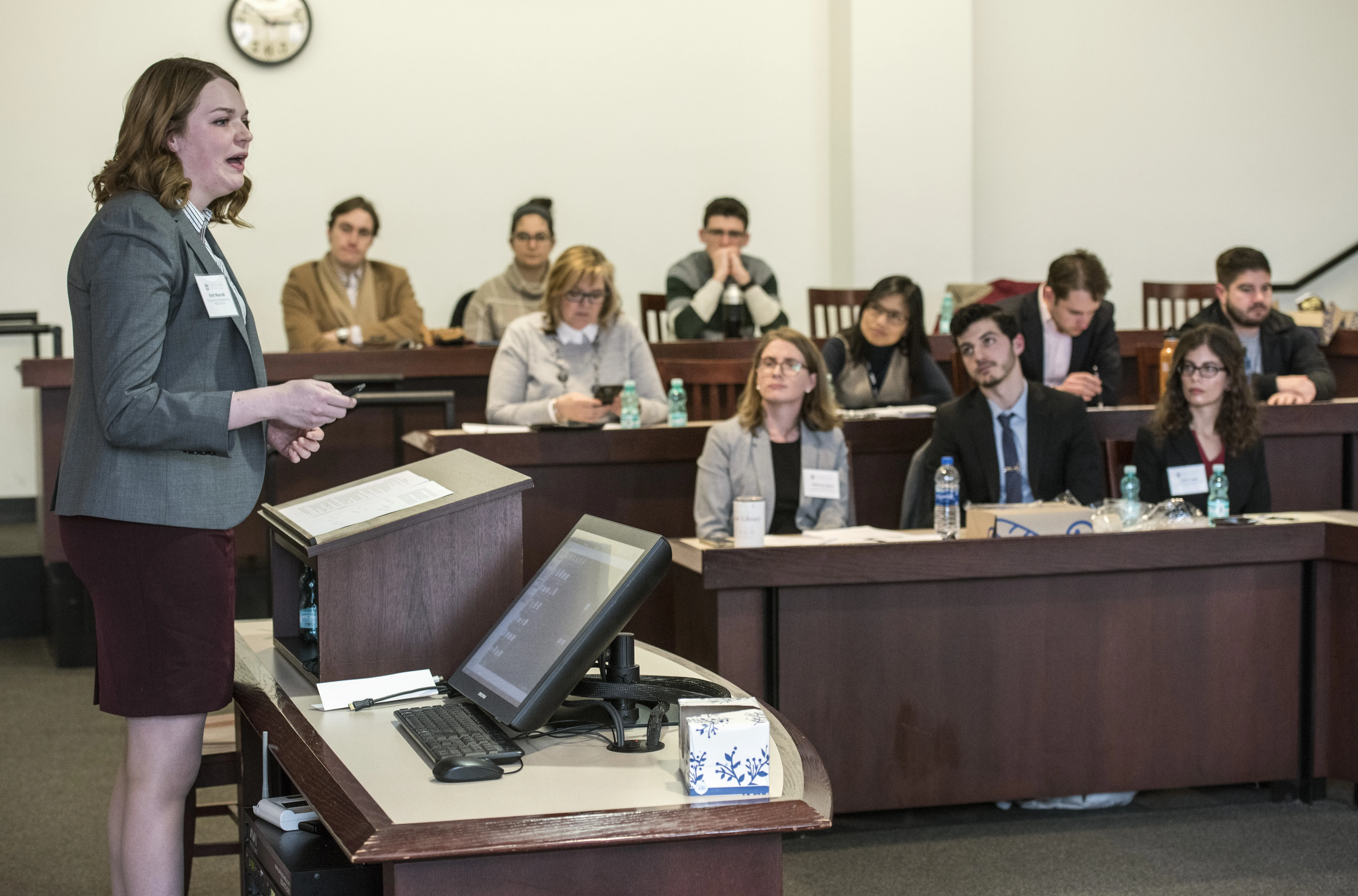Building Trust in the Rule of Law

We live in an era of more than 4,000 legal blogs, but Judge Cheryl Ann Krause of the United States Court of Appeals for the Third Circuit thinks we could learn something from the circuit riders. Though she did not go so far as suggesting a return to the days when Supreme Court Justices traveled around the country to administer justice, Judge Krause argued that reporters and the public need to be closer to the law to understand it and, therefore, trust it.
“The issue is quality, not quantity [of information],” Judge Krause said in the Law School’s first Edward H. Levi Distinguished Jurist Program talk of the year. “It is not clear that the public on a day-to-day basis has reliable resources to make sense of legal developments, or that those of us within the profession are doing all we can to bring our knowledge of and contributions to the law into the public realm.” Judge Krause said, “We need faith our institutions are impartial and our checks and balances are intact if we are to survive as a democracy.”
Judge Krause’s talk, "The Role of Public Access and Outreach: How Bench and Bar Build Trust in the Rule of Law," focused on three factors that have reduced public access to and transparency of the courts and thus may threaten public trust in the judiciary: a decrease in trials, a decrease in published opinions and oral arguments, and a reluctance by courts to embrace new technologies that can improve transparency.
Some might suggest settlements and pleas are always a good thing, reflecting effective bargaining toward efficient outcomes. Judge Krause thinks such reasoning is flawed. With far fewer cases going to trial, she posits that settlements in some cases may reflect lawyers’ inexperience and discomfort with trying cases, with lawyers relying on increasingly limited and outdated data on trial outcomes to assess trial risk.
In addition to that “restriction on the input” into the court system, another concern is the recent decline in published opinions and oral arguments—or, as Judge Krause called it, “a restriction on court output.” For example, the federal appellate courts published significantly fewer opinions in 2015 than they did in 1990—under 4,000 compared to nearly 6,000.
There may be a practical need for some opinions to be unpublished, but Judge Krause rejected the notion that there are diminishing returns to writing published opinions or that the decline in number is optimal, explaining that new cases bring new, unresolved issues that merit a judicial response.
“Our courts function as laboratories,” the judge said, “contributing to a body of accumulated wisdom that resonates beyond states and across circuits. Reducing that stream of precedent to a trickle prevents the law from developing as it traditionally has and from reaching optimal outcomes.”
Hope Silberstein, ’18, appreciated Judge Krause’s dedication to righting restrictions on output. “This is putting more work on her plate, but she knows that [the extra work] would add legitimacy to and public confidence in the courts,” Silberstein said.
Other students were impressed by a story Judge Krause told about a program at her former law firm that let young associates and law students give oral arguments before the Third Circuit. The judge recalled one student who spent several months preparing for his time in court. At the last second, oral argument was cancelled by the court, leaving the student without the opportunity to practice his advocacy skills. Though Judge Krause did not say anything at the time, she made a point of speaking to the chief judge after her nomination.
“He was not offended,” Judge Krause said. “He was dismayed that this was not brought to his attention earlier. He made it an agenda item.”
Now oral argument is granted in all cases where there is a student appointee serving as counsel.
The judge used this example to make a broader point about the benefits of speaking up: “Don’t underestimate what you bring the table. Your senior colleagues are far more willing than you realize to hear you out and give your ideas credence.”
To close her talk, Judge Krause addressed some reasons courts are slow to embrace new technologies that might promote transparency, such as updated websites or video recordings of court proceedings. Sometimes resistance to technological advances is rooted in things like insufficient manpower and budget. But other times it is rooted only in tradition. While the judge acknowledged countervailing concerns and the complexity of issues like cameras in the courtroom, she urged careful consideration of courts’ uses of technology so that public perception of the judiciary does not suffer in the modern age.
“Our courts are theaters of justice,” Judge Krause said, referencing Professor Judith Resnick and philosopher Jeremy Bentham. “Judicial proceedings are designed for an audience . . . and judges derive their legitimacy from interfacing with and explaining their reasoning to that audience.”
The judge observed that the public also has suffered from the disappearance of the local newspaper beat writer. She urged audience members to take the lead in “making the legal system more accessible” whether through sharing stories, starting conversations, or writing briefs in plain English.
“All of us,” Judge Krause said, “have a role to play.”


